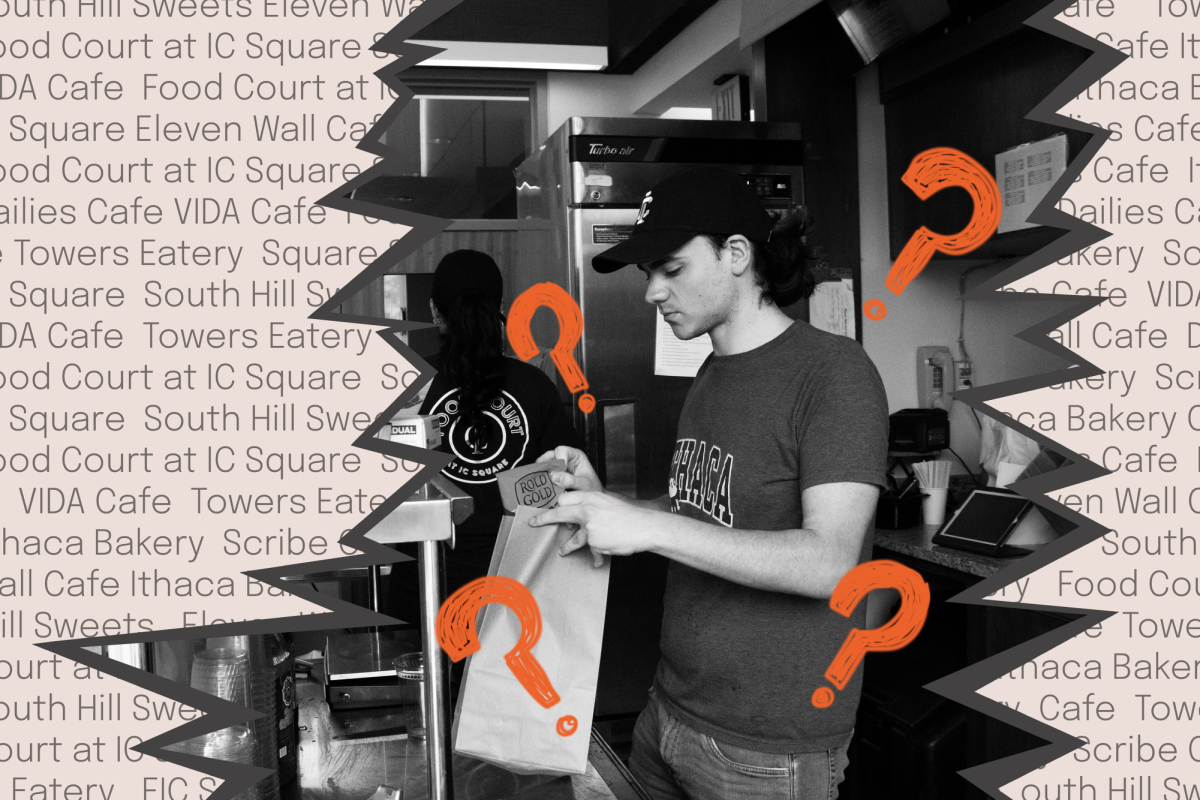Students eating at the Terraces Dining Hall will now get prepared entrées from a full service hot line in an effort to reduce waste and encourage healthy eating habits.
Jeffrey Scott, general manager of dining services, said the previous buffet-style line at the Charleston Market was replaced during break, and hopes increased customer service will improve eating habits. Scott said the change does not affect food price or student employment. He said students continually asked the dining halls to help them determine healthy portion sizes.
“Of all the things that we could do, portioning and helping people start with the right amount of food just kept coming back to us,” he said.
Scott said purposeful overeating seemed to be a major problem, particularly in the Terraces. During the fall semester, Scott noticed the Terraces had the highest ratio of food per customer, more so than any other campus dining hall.
“Especially on Tuesdays and Thursdays, it’s been kind of an eating contest on certain types of meals, like chicken wings and chicken fingers,” he said.
Scott said a critical nutrition assessment class discovered last semester that over portioning was the problem, and it focused on ways to make dining hall food and portion sizes healthier. Input from the class, along with feedback from the Student Government Association Food Advisory Committee, comment cards, e-mails and discussions with customers, prompted the changes.
“What we’re hoping is … they’ll make a conscious decision, Do I need more food?, versus just loading up their tray and wasting a little bit more,” he said.
Scott said many students cannot visualize correct portion sizes until they see the food on the plate.
“It’s one thing to provide information on an item identifier [card] that says, OK, this is roast chicken. A five-ounce portion contains X calories, fat, nutrients,” Scott said. “Until we had that physical presentation, a lot of it was just talk and lip service, and we weren’t really seeing any results.”
Chef manager David Innerst is also concerned about over portioning. He said he does not want the food he helps prepare to go to waste, and believes the new system combats waste effectively.
“It’s devastating to stand in the washroom and see what comes back,” he said.
But some students are concerned about how the changes will affect their habits. “I like the idea that we’re not throwing away so much food, that’s a good thing,” said freshman Sam Bianco. “But I don’t like the idea that you don’t get to choose your portions. You don’t get as much food that you want, and [you get] some more of stuff that you don’t want.”
Scott saw Charleston Market as a potential springboard for change because it is the most popular food station in the Terraces Dining Hall. Students spread out over the other stations, some of which already control portion sizes, such as the sandwich station. But students appear in droves at the hot line. If students are hungry after one portion, Scott said they can return to the line as many times as they wish. Food offerings will remain mostly the same, but because serving is easier, more complex dishes may be in the works.
Innerst said he wants to have theme nights with features like barbecue and Chinese food.
“What we’re going to do is make the entrées a little more upscale,” Innerst said. “Before, it was impossible to get fish out [of the serving dishes] without dropping it on the floor.”
If Charleston Market receives positive feedback, adding hot lines to the Towers Dining Hall and Campus Center Dining Hall may be next. Scott said he hopes students will continue to give the dining services input.
“I just encourage ongoing feedback on this approach,” Scott said. “That will help direct us where to go next.”







